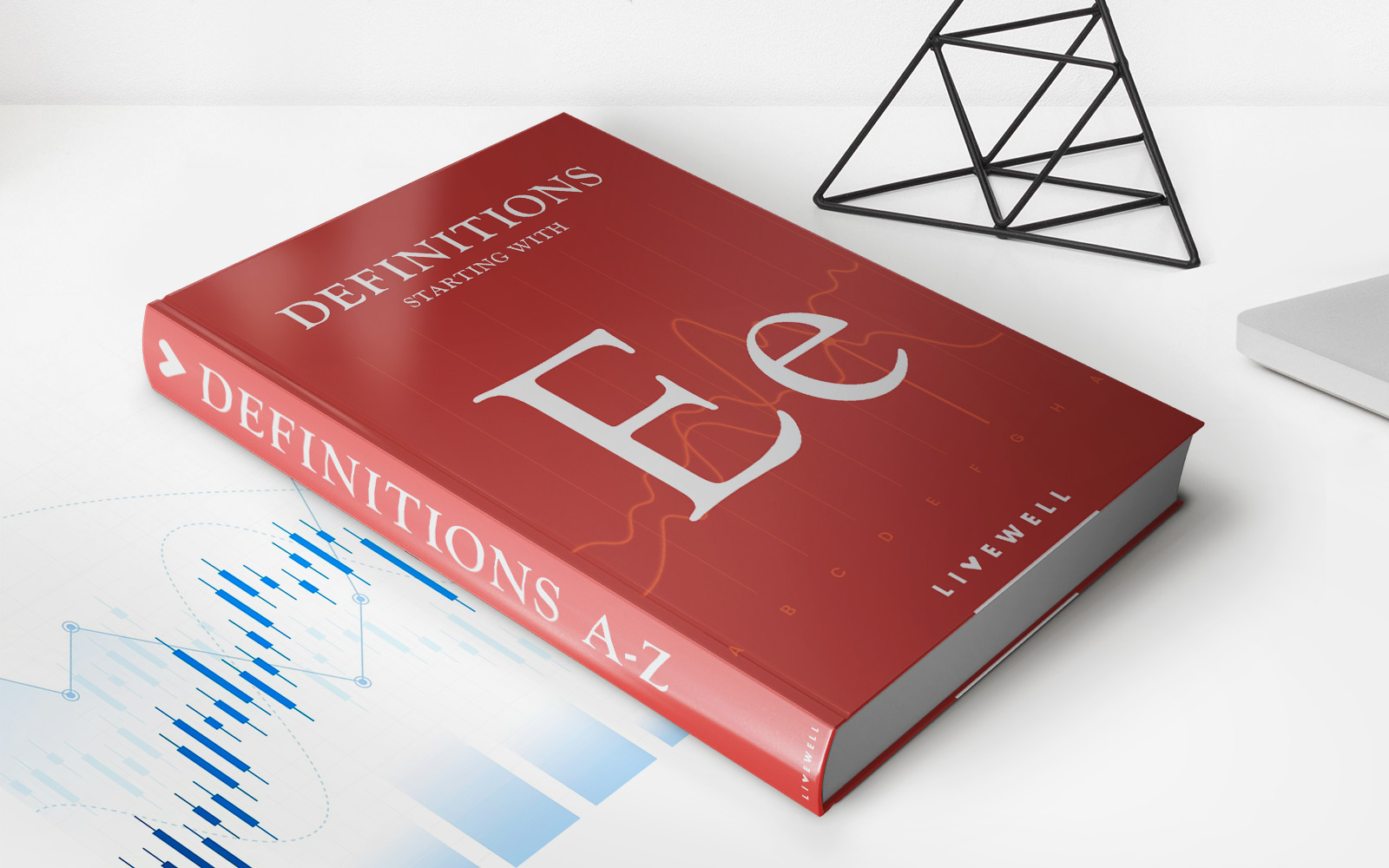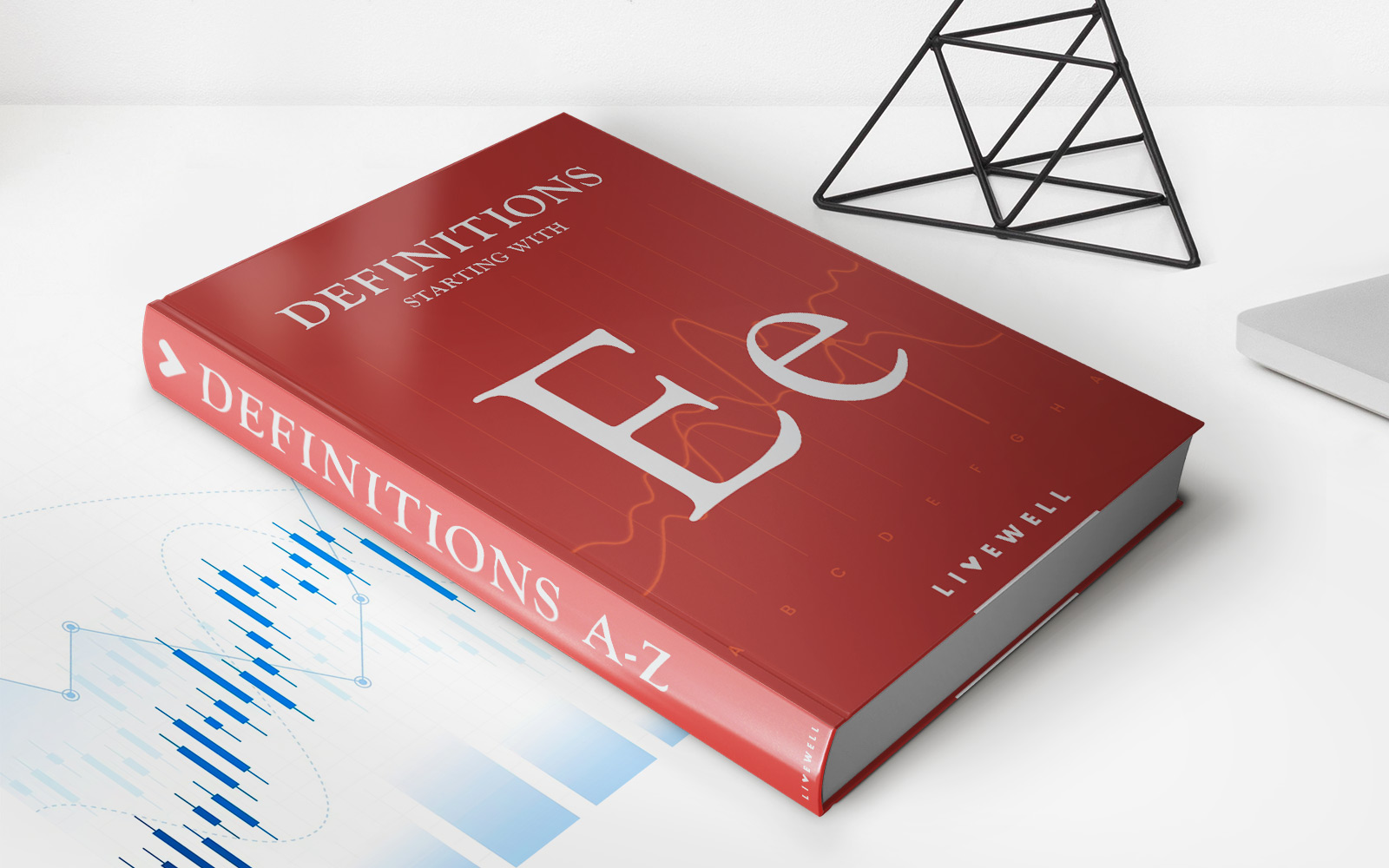Home>Finance>Expected Value Definition, Formula, And Examples


Finance
Expected Value Definition, Formula, And Examples
Published: November 21, 2023
Learn the definition, formula, and examples of expected value in finance. Discover how to calculate it and understand its importance in financial decision-making.
(Many of the links in this article redirect to a specific reviewed product. Your purchase of these products through affiliate links helps to generate commission for LiveWell, at no extra cost. Learn more)
Understanding Expected Value: Definition, Formula, and Examples
Do you ever find yourself wondering how likely an outcome is in a financial decision? Or, perhaps you’re interested in assessing the potential gains or losses of an investment? Expected value is a powerful concept in finance that can help answer these questions and more. In this blog post, we’ll explore the definition, formula, and real-life examples of expected value, giving you a solid understanding of this fundamental concept.
Key Takeaways:
- Expected value is a financial concept used to calculate the average outcome of a given scenario.
- The formula for expected value is to multiply each possible outcome by its probability and sum them together.
What is Expected Value?
Expected value is a concept used by finance professionals and analysts to assess the potential outcomes of an uncertain event or decision. It provides a way to quantify the average outcome of a situation, taking into account both the probabilities of different outcomes and their associated values.
Expected value is often used in investment analysis, gambling scenarios, insurance calculations, and even decision-making processes. By calculating the expected value, you can gain insights into potential gains or losses, allowing for more informed choices.
The Formula for Expected Value
The formula for calculating the expected value is relatively straightforward. It involves multiplying each possible outcome by its corresponding probability and summing them together. Here’s the formula:
Expected Value (EV) = (Outcome 1 * Probability 1) + (Outcome 2 * Probability 2) + … + (Outcome n * Probability n)
Real-Life Examples
To understand expected value better, let’s look at a few practical examples:
- Lottery Ticket: Let’s say you’re considering purchasing a lottery ticket that costs $2 and has a 1 in 10,000 chance of winning a $10,000 prize. We can calculate the expected value as follows:
- Outcome 1: Winning ($10,000) with a probability of 1/10,000
- Outcome 2: Losing ($0) with a probability of 9,999/10,000
By plugging these values into the formula, we find that the expected value is ($10,000 * 1/10,000) + ($0 * 9,999/10,000) = $1.
- Stock Investment: Let’s consider a scenario where you’re analyzing an investment in a particular stock. There are two possible outcomes based on your analysis:
- Outcome 1: Stock price increases 20% with a probability of 0.6
- Outcome 2: Stock price decreases 10% with a probability of 0.4
Using the expected value formula, we can calculate the average outcome to be (20% * 0.6) + (-10% * 0.4) = 10%, indicating a positive expected value for this investment.
- Insurance Claim: Suppose you’re evaluating an insurance policy that covers potential car damages. The possible outcomes and their probabilities are as follows:
- Outcome 1: Car accident with a probability of 0.15, resulting in $2,000 damage
- Outcome 2: No car accident with a probability of 0.85, resulting in $0 damage
Calculating the expected value, we get ($2,000 * 0.15) + ($0 * 0.85) = $300, indicating the average potential claim amount.
These examples show how expected value can help guide decision-making by providing insight into the potential outcomes and their respective probabilities. By understanding the expected value, you can make more informed financial choices and assess the risk associated with different scenarios.
In Conclusion
Expected value is a valuable concept that provides insights into potential outcomes and assists in making informed decisions in various financial scenarios. Whether you’re considering an investment opportunity or assessing the risks of an uncertain event, understanding the expected value can enhance your decision-making process.
Remember, expected value is calculated by multiplying each possible outcome by its probability and summing them together. By applying this formula, you can gain a deeper understanding of the expected average outcome for a given situation.
So, the next time you’re faced with a financial decision or assessing the probabilities of different outcomes, don’t forget to consider the expected value. It just might help you make better choices and increase your financial success.














